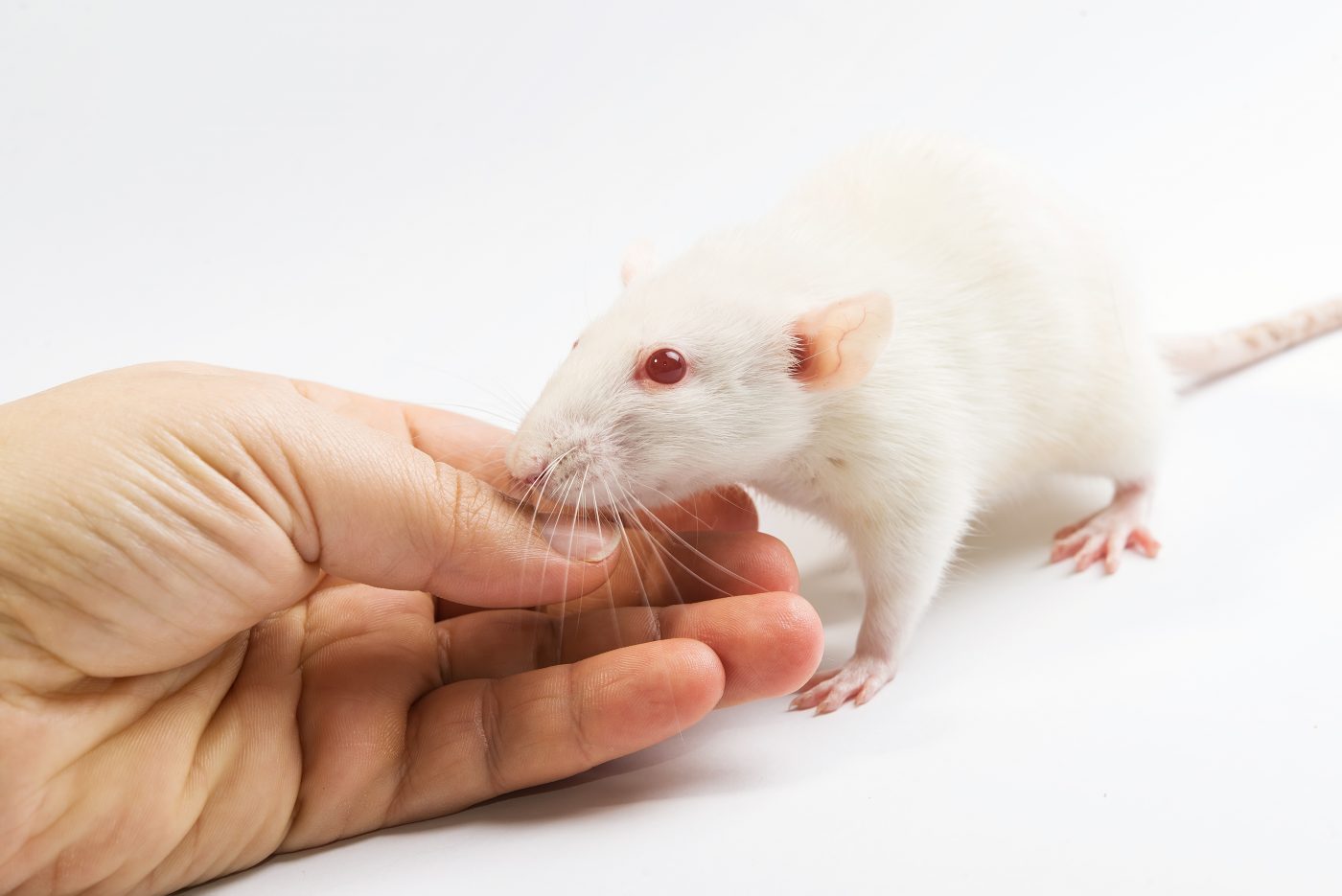Nanoparticle Drug Approach Proven to be Successful in Reversing Parkinson’s-Like Symptoms in Rats

A recent study published in the journal ACS Nano revealed a new approach based on nanoparticles and the neurotransmitter dopamine that can successfully reverse Parkinson’s-like symptoms in rodent models of the disease. The study is entitled “Trans-Blood Brain Barrier Delivery of Dopamine-Loaded Nanoparticles Reverses Functional Deficits in Parkinsonian Rats” and was performed by researchers at the CSIR-Indian Institute of Toxicology Research (CSIR-IITR), the CSIR-Institute of Genomics & Integrative Biology (CSIR-IGIB), the CSIR-Central Drug Research Institute (CSIR-CDRI) and the Academy of Scientific and Innovative Research (AcSIR) in India.
Parkinson’s disease is a progressive neurodegenerative disorder that affects movement. The disease develops gradually and patients usually experience the first symptoms around the age of 60 or older. As the disease progresses, the symptoms worsen from a barely noticeable tremor in the hands to serious difficulties in speaking, locomotion, coordination and balance. Parkinson’s disease is caused by the lack of a neurotransmitter called dopamine, which is produced by brain cells and is known to control muscle movements in the body. There is currently no cure for Parkinson’s, and treatments aim at improving the disease symptoms and the patient’s quality of life. It is estimated that four to six million people worldwide suffer from the disease, but as people live longer, the number of individuals diagnosed with Parkinson’s is expected to increase.
It is known that Parkinson’s patients lack dopamine in their brains, which compromises the communication between nerve cells and normal body movements, causing the shaking and mobility issues linked to the disease. It has been previously shown that in rat models, an infusion of dopamine into the brain can relieve the disease symptoms. Unfortunately, a sustained and safe delivery of dopamine across the blood-brain barrier that protects the brain is a major challenge for a successful Parkinson’s disease therapy.
Researchers have now designed a new approach based on dopamine-loaded biodegradable PLGA [poly(lactic-co-glycolic acid)] nanoparticles that have been previously employed to deliver other compounds to the brain. The team reports that these nanoparticles were able to successfully cross the blood-brain barrier in rats, to be internalized in dopaminergic brain cells affected by the disorder and to be able to slowly and constantly released dopamine, leading to a reversion of the rodents’ movement impairment and recovery from neurobehavioral abnormalities. Treatment with these dopamine-loaded nanoparticles was also found to have no impact on cell viability, neither to cause side effects in rats.
The research team concluded that dopamine-loaded nanoparticles allowed the delivery of the neurotransmitter into the brain, ultimately leading to a reversion of the neurochemical and neurobehavioral anomalies in rat models of Parkinson’s disease. The authors believe that this finding may potentially lead to a novel therapy in humans.






